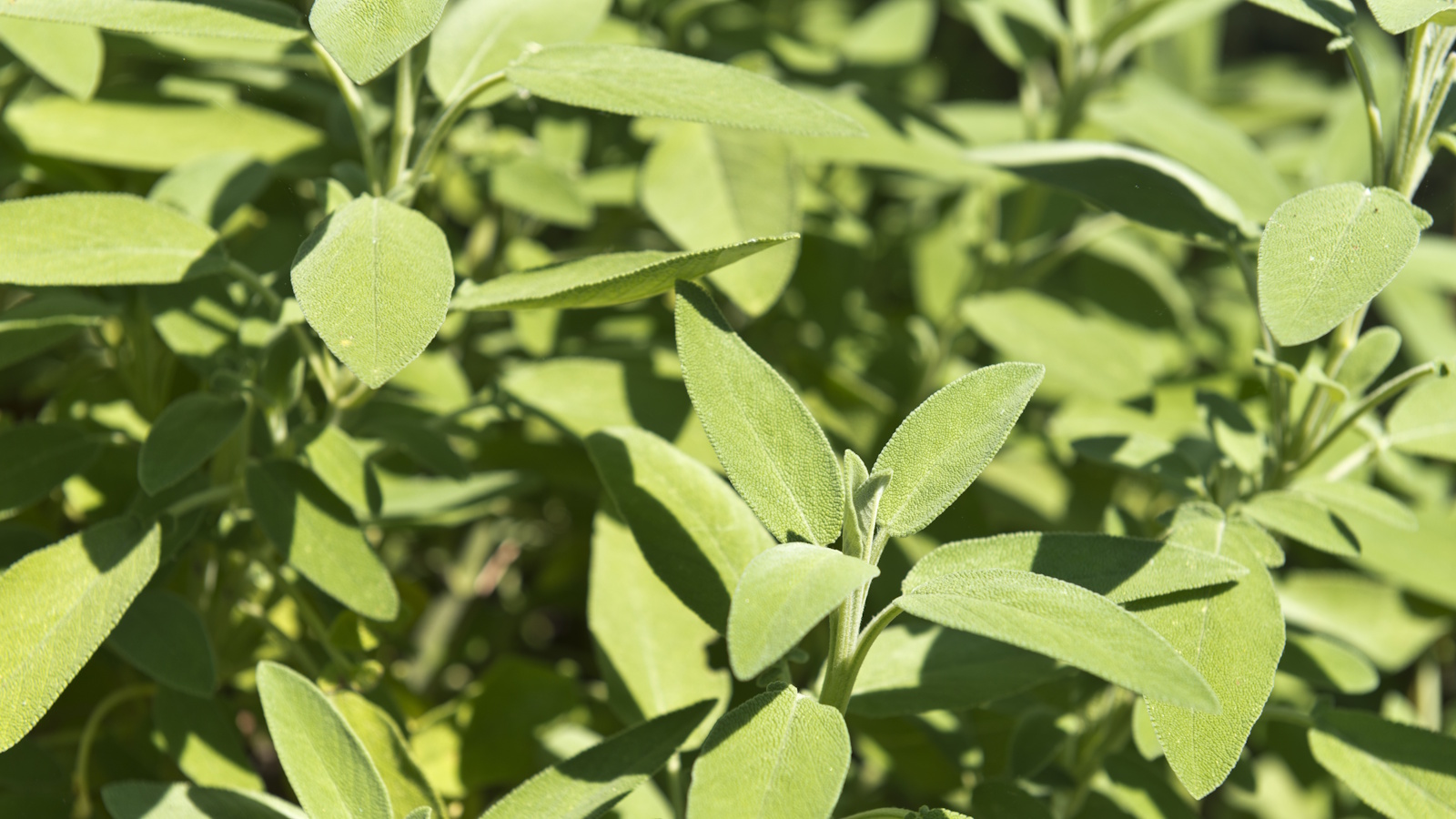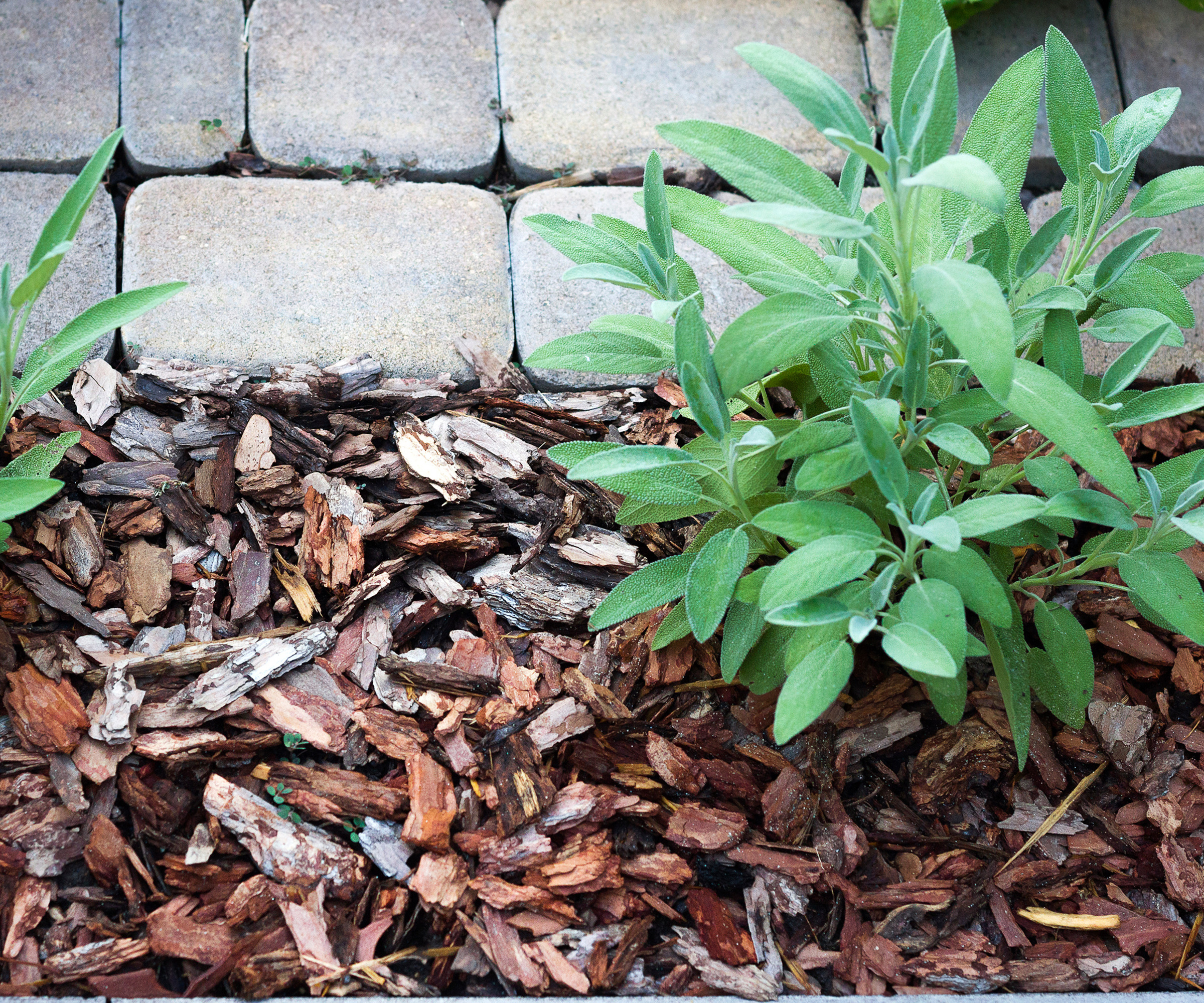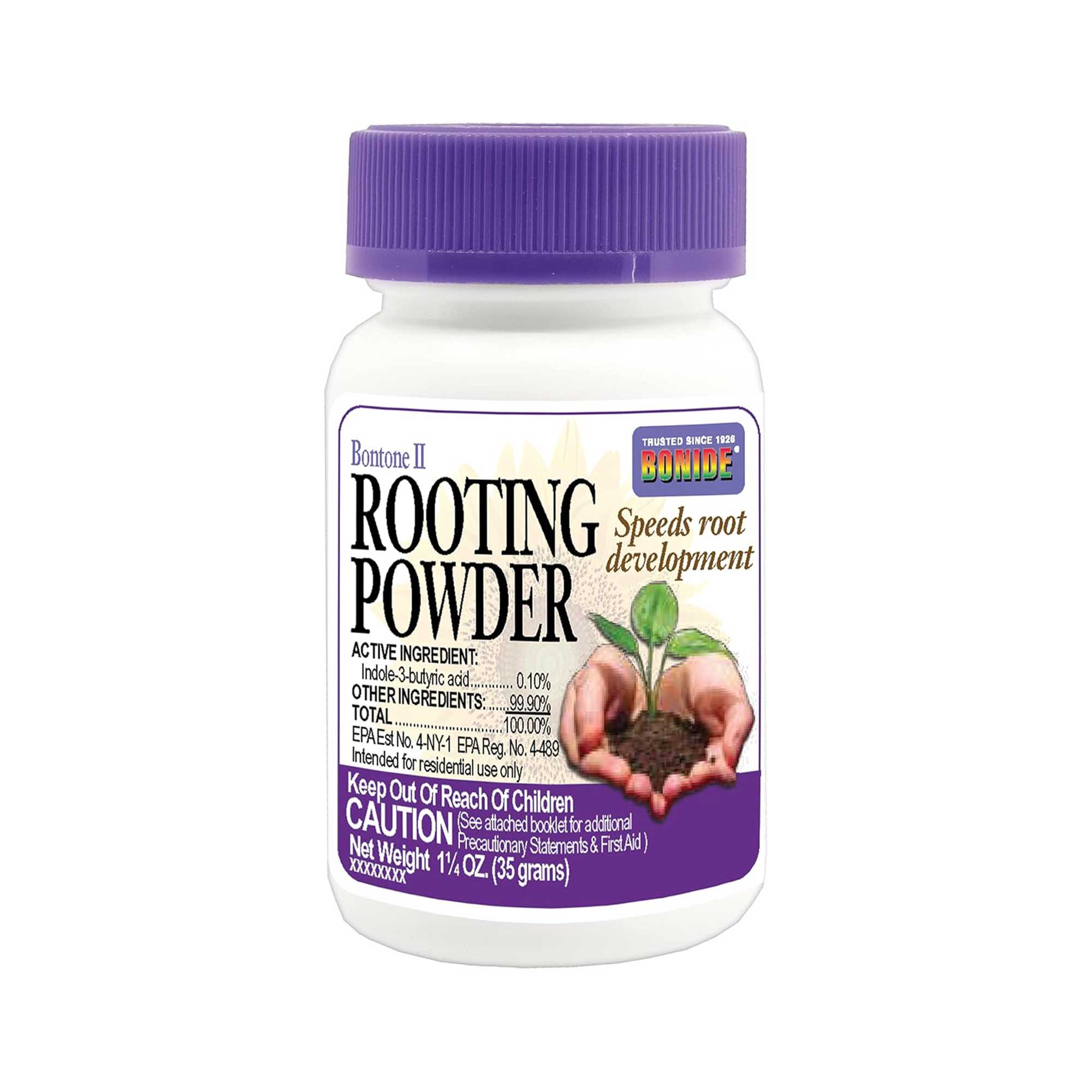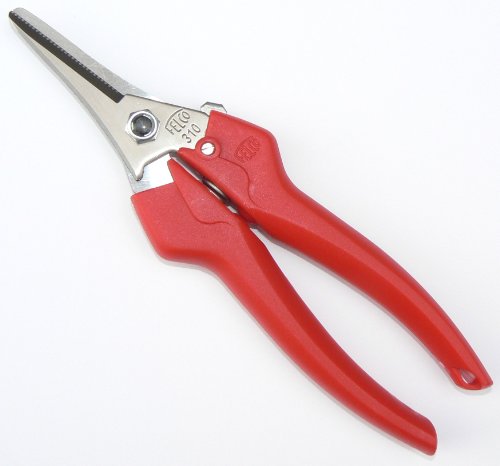Now is the time to take sage cuttings – this is the easiest way to grow more herbs for free, just like a pro gardener
Summer is the perfect time to take semi-ripe sage cuttings


Sage, I think, deserves a place in any backyard. This tough, resilient and aromatic herb is one of my go-to plants that I return to time and again. Alongside lavender and rosemary, it is a must-have if you want to inject some fragrance into pots and borders. The good news is that once you have an established plant, taking sage cuttings is remarkably easy and is the best way to grow more herbs at zero cost.
In Italy, where I worked for a year as a professional gardener, we grew several clumps of sage, all near the garden path. These plants released a soft, earthy scent whenever brushed past (or I would tear a leaf off as I walked by). And, nearly all of these had been grown successfully as cuttings. Sure, you need to have a little patience as opposed to buying larger specimens, but propagating via cuttings is far more enjoyable.
So, if you already know how to grow sage and have a healthy one in your yard, why not also learn how to take sage cuttings this summer? By following my step-by-step guide below, you can double (or triple) your herb collection in the years to come – and who wouldn't want that?

Sage propagation – all you need to know
Common garden sage, or Salvia officinalis, is a popular aromatic herb that can be grown down to US hardiness zone 4. Native to the Mediterranean, sage can thrive in full sun and poor, dry soils, making it a great option for low-maintenance yards.
If you or a garden friend has a healthy sage plant, why not propagate it by taking cuttings this summer? Here's everything I have learned about taking sage cuttings from my years working in private and public gardens.
When to take sage cuttings

The best time to take sage cuttings is in summer, and they are usually considered plants to propagate in July or plants to propagate in August.
I would suggest taking your cuttings on a mild morning, which will improve your chances of success. This is because sage, as with all plants, tends to be more hydrated in the early hours, so your cuttings are less likely to wither if you do this earlier in the day.
Design expertise in your inbox – from inspiring decorating ideas and beautiful celebrity homes to practical gardening advice and shopping round-ups.
How to take sage cuttings

- To begin taking cuttings, you will need to use some clean, sharp tools, like these Fiskars snips from Walmart, or this highly rated Swiss pocket knife from Amazon.
- Then, identify some healthy green stems. You want to cut off a young shoot (that appears fresh and green). Your cuttings should be around three or more inches in length, with two or more leaves on the top. When you make each cutting, I would suggest dropping them in a bucket of water as you work to prevent them from wilting.
- Once you have half a dozen cuttings in your bucket, you can then take them to your garden shed or greenhouse, wherever you have your pots and soil. Then, strip the foliage from each cutting, leaving just two small leaves at the top of each stem. Tidy up any bottom cuts, making them diagonal and just underneath a leaf joint, which is where roots will develop.
- While rooting hormone is optional, it can help with the development of roots. I have had success with or without rooting hormone, so it is really up to you, but if you do decide to use it, simply dip the bottom half an inch of your cuttings in water, then in rooting hormone powder, available from Amazon.
- Next, plant your cuttings in well-drained potting mix. To improve drainage, I would suggest adding a handful of grit to your soil. You can add four or more cuttings to a single small pot, but make sure the foliage is not touching.
- Give your cuttings a good watering, and then, place them in a cold frame or greenhouse, keeping them out of direct sunlight. Don't let the soil dry out, but also avoid watering if the soil is damp. Cuttings can easily rot if the soil is waterlogged.
- Your cuttings should produce roots within two or three weeks. To check, carefully wiggle the cuttings to see if they have rooted or not. If there are roots, you can repot them into small containers of their own, where they can remain until next spring.
FAQs
Can I root sage cuttings in water?
Yes, you can try to root sage cuttings in water. I have had mixed results with rooting this herb in water (and done far better with soil, as outlined above), but you can easily have a go.
Simply take your cuttings, clear the bottom two-thirds of the stems, and place them in a vase, using something like this attractive cutting vase, available via Amazon, which will help to support your sage stems due to its narrow neck.
Place the cuttings in a bright position, and with any luck, you should spot white roots within a few weeks.
There are so many plants to take cuttings from, and you will be surprised at how easy (and enjoyable) propagation can be.
My final tip would be to have patience. Sometimes cuttings can fail due to no fault of your own, and sometimes they can root within a matter of days. So, have a go, and if you fail, try and try again.
For more propagation inspiration, see our guide on how to take lantana cuttings and fill your yard with even more colorful flowers this year (for free).
Shop propagation accessories

Thomas is a Content Editor within the Gardens Team at Homes and Gardens. He has worked as a professional gardener for both public spaces and private estates, specializing in productive gardening, growing food and flowers. Trained in Horticulture at the Garden Museum, he has written on gardening and garden history for various publications, including The English Garden, Gardens Illustrated, Hortus, The London Gardener and Bloom. He has co-authored a Lonely Planet travel book, The Tree Atlas, due out in 2024.


